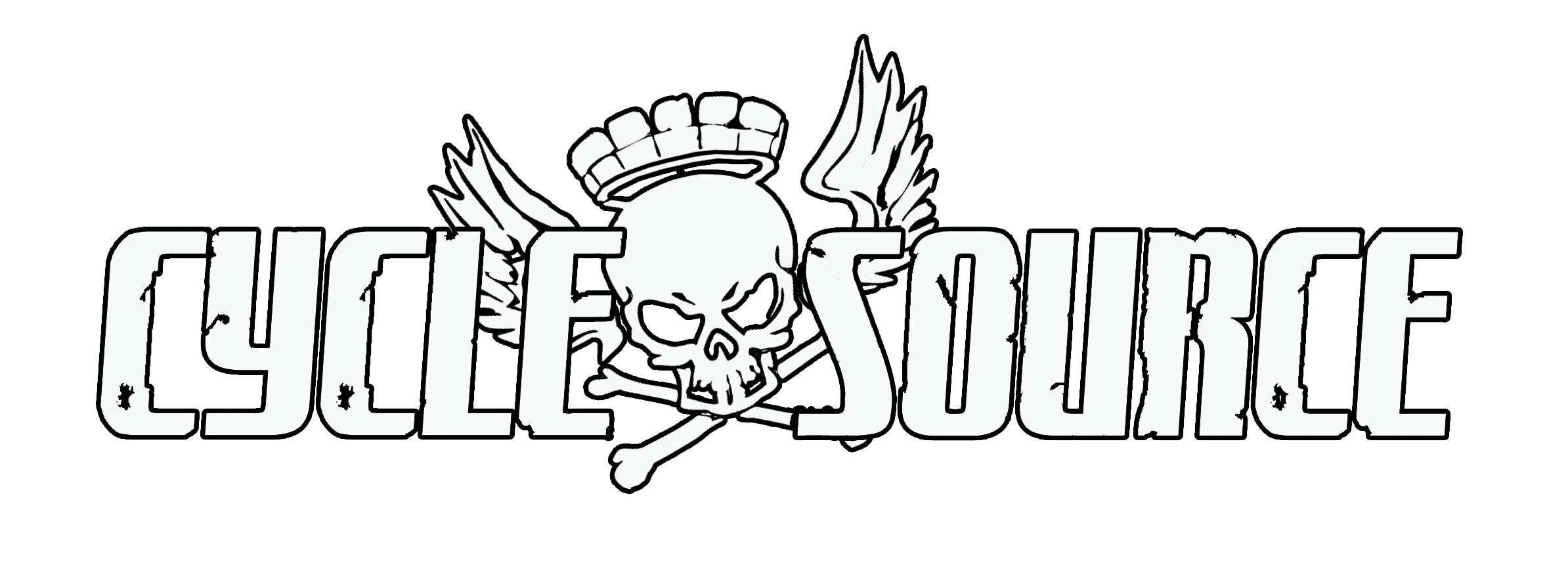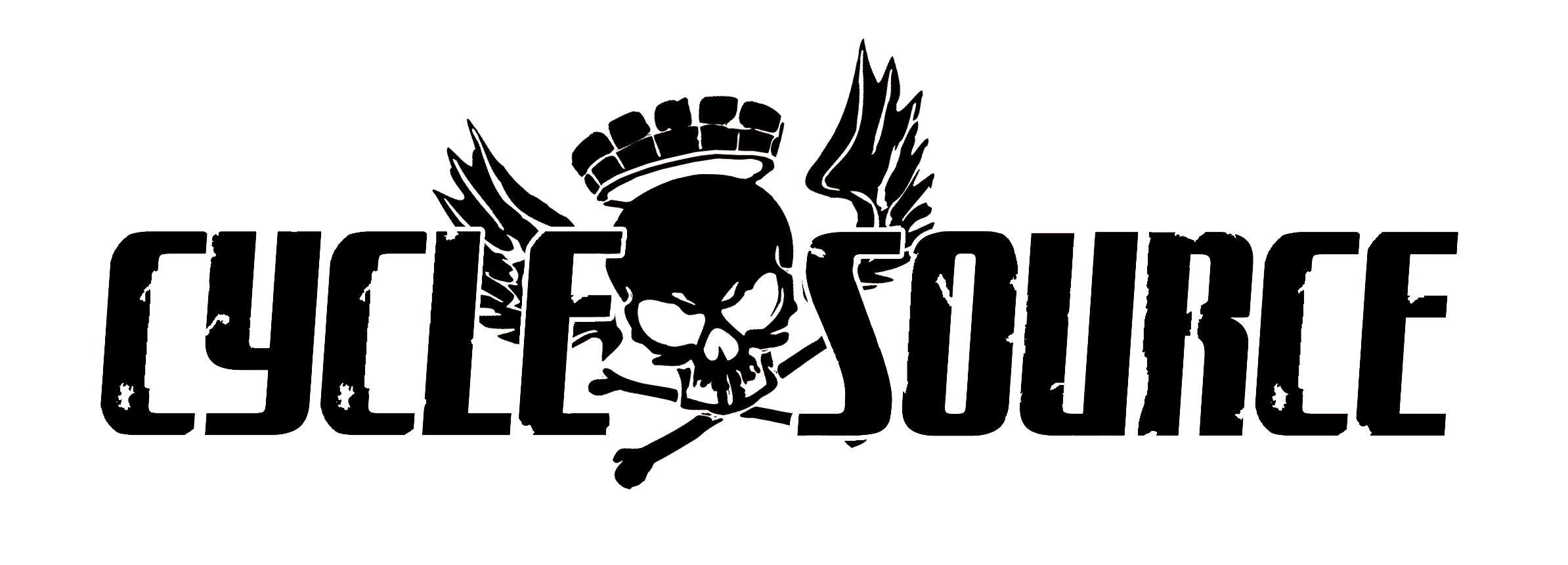To Read The Full Article, Go To www.cyclesource.com
The Process Of Thinking Through The Design
Article And Photos By: Will Ramsey
Originally Published In The June 2018 Issue Of Cycle Source Magazine
This month’s tech article illustrates a specific part relating to chopper frame construction. Although this particular set up may not be relevant to everyone, I have chosen to take this opportunity to discuss both precision work on manual machines, and the process of thinking through a design, to accurately produce a part that fits into a set up. It is important to understand that precision is essentially infinite and to some this entire process may seem like over kill, while others may make note of certain procedures that could be far more precise. It is up to you as a designer, and as a craftsman, to determine the level of precision that both you and your design require. I personally enjoy the pursuit of precision and often find myself taking things a bit farther than necessary. Admittedly this is often done for personal pride and gratitude. It is also responsible for a great deal of frustration on certain days, but without frustration there can be very little learned. I always encourage those around me to strive for a bit more precision in their work in order to determine what they believe to be enough.

The Axle locator is designed to secure the rear axle in the axle block and allow for adjustment in order to align the rear drive train. This diagram illustrates the specific design of this part. Although there are no tolerances listed, we are going to proceed with a fairly high level of precision in order to demonstrate precise measurement and procedures on manual machines.

Starting with a slightly oversized piece of 304l stainless steel, the diameter is turned down to 1.375”. Although we could start with a piece of 1.375 mill finished round bar, the process of turning the diameter allows for both greater precision in the diameter, and a nicer finish.

The next step is to drill out clearance for the 3/8” bolt. A drill is not a precision tool, it is used for roughing out material in order to allow for precise machining to follow. However, in the case of a clearance hole for a bolt a drill is well within acceptable tolerance.

The design for the axle locator calls for a counter bore that allows the head of a socket head cap screw to sit just below the outer surface of the part. In this operation a tool specific to this operation is employed. The counter bore tool is essentially an endmill with an indexing guide.

As the guide centers the tool on the drill hole, the cutting face of the endmill squarely removes material to allows clearance for the head of the bolt. This process is more precise than drilling, but it is not as precise as using a boring bar.

The dimension we are most concerned with in the counter bore is the depth. Since the tailstock is not as precise and measurable as the carriage on a manual lathe, it is important to manually measure with a depth micrometer and adjust accordingly.

After completing the counter bore a boring bar is used to simple cut a small chamfer using the cross slide. There is really no precision in this operation. It is done to break the sharp edge and give the part a more finished look and feel.

Although a parting tool can be used to cut the part to length, I have decided to rough cut the part in the band saw before returning to the lathe to face the part to length.

The length of this part is fairly critical as the design calls for it to sit just .005” behind the cover plate. In order to obtain this length accurately it is important to use a quality micrometer and adjust the facing operation accordingly.

The next step in the design diagram is a counter bore for the axle to index. This operation is performed with a boring bar. It is always best to use the shortest and thickest boring bar in order to reduce tool flex. Tool flex is the crux of boring and is a process certainly worthy of its own tech article.

There are many ways to accurately measure the diameter of a bore. A set of bore gauges can make the process very fast and extremely accurate. The ability to “feel” the final fit makes the bore gauge set invaluable in certain situations.

With the lathe procedures complete, the part is moved to the knee mill in order to cut the hole for the axle adjuster to index. The Center finder is used to find the center and the outside edge of the part.

Once the spindle is centered over the edge, the mill table is moved .438” along the Y axis per the dimension listed in the diagram.

An on-size .375” endmill is used to machine the hole. In order to accurately obtain depth, the quill is locked and the knee is advanced along the Z axis.

Our final part is inspected and checked for fit with a high strength alloy bolt used to secure the axle. It can be quite gratifying to maintain a level of precision that you intend using a manual machine and then hold the finished part in your hand. This is where the passion and the reward are discovered.

Although the final part is covered once the entire set up is assembled, the functionality of the part will still remain directly correlated to the accuracy and precision with which it was machined.























